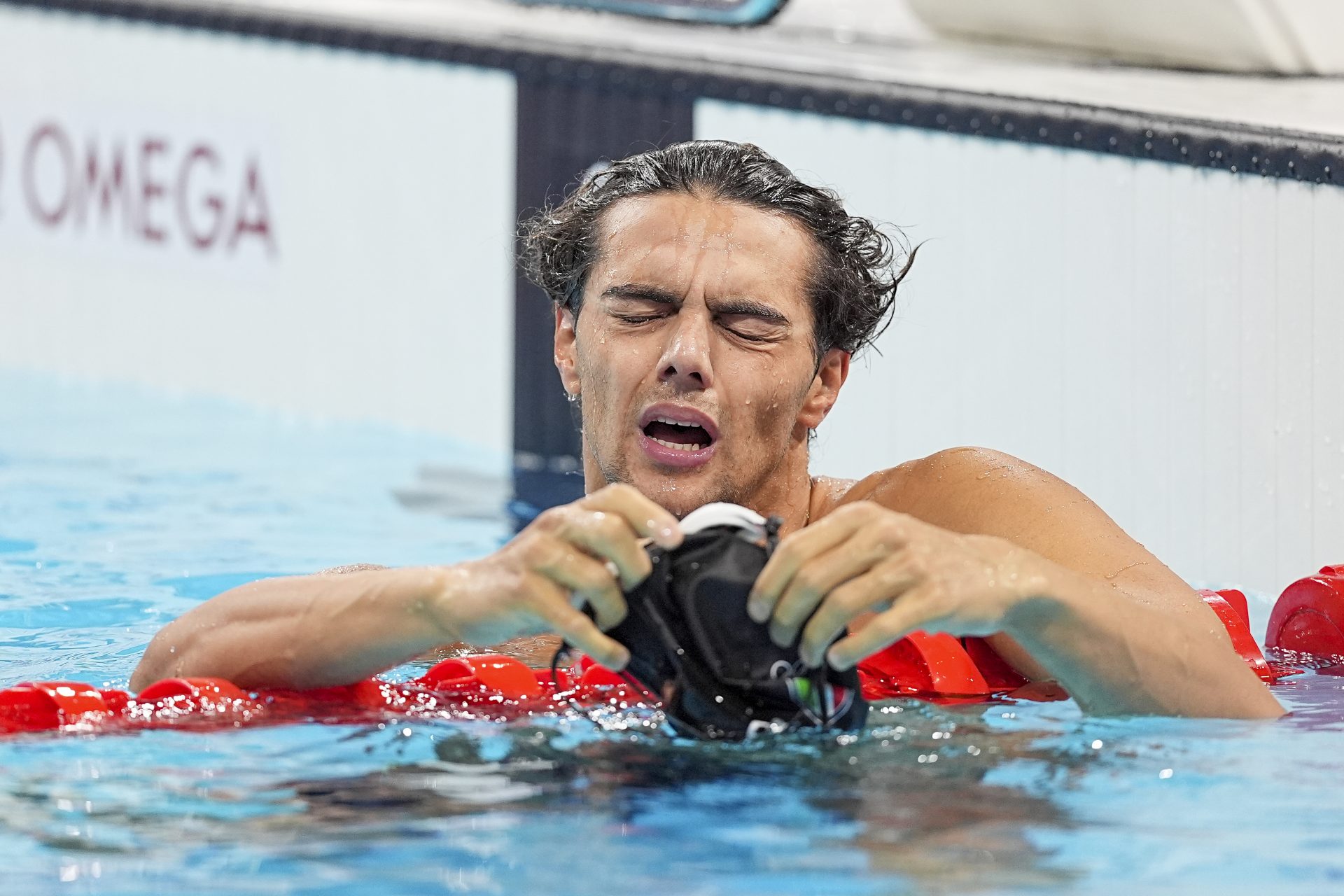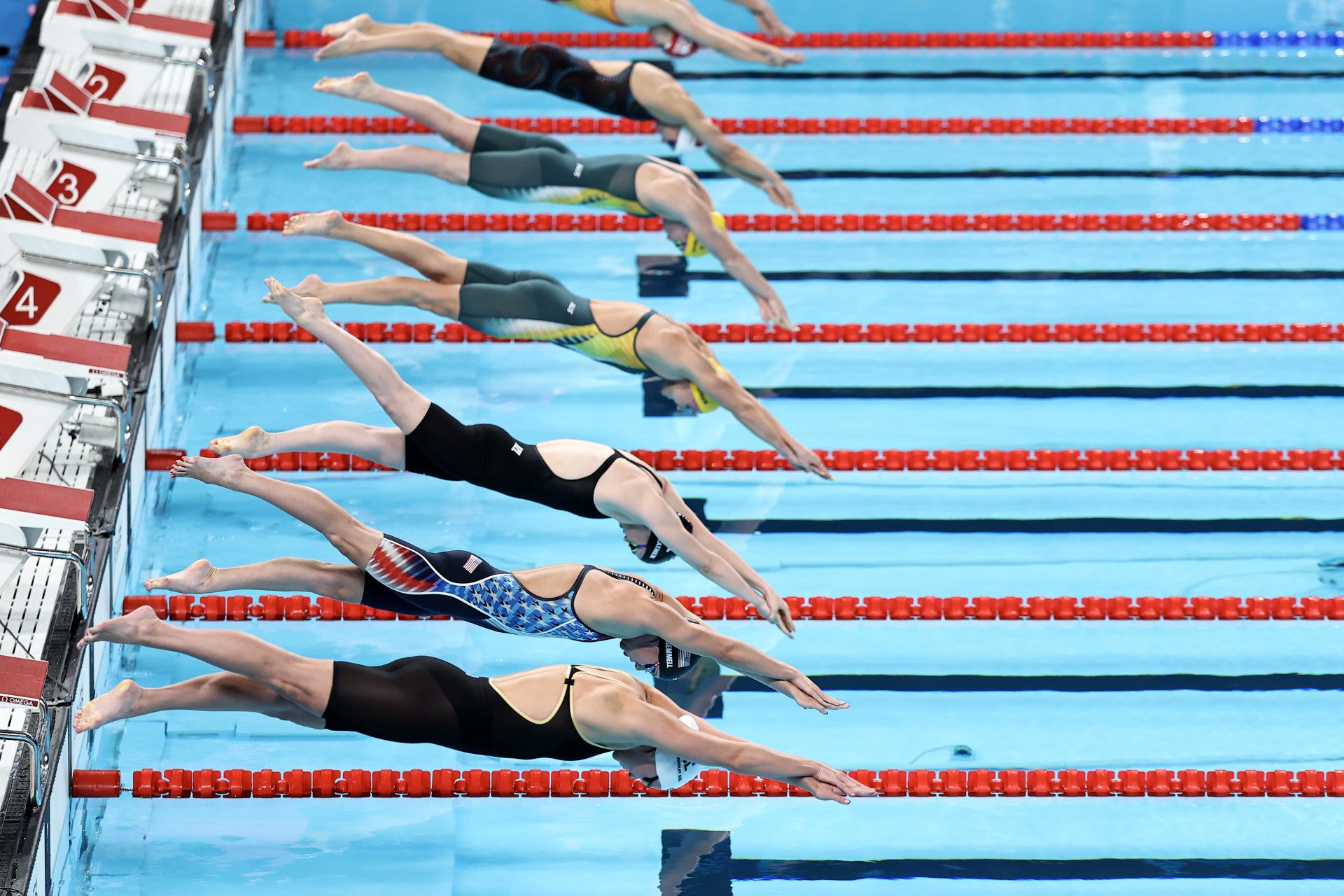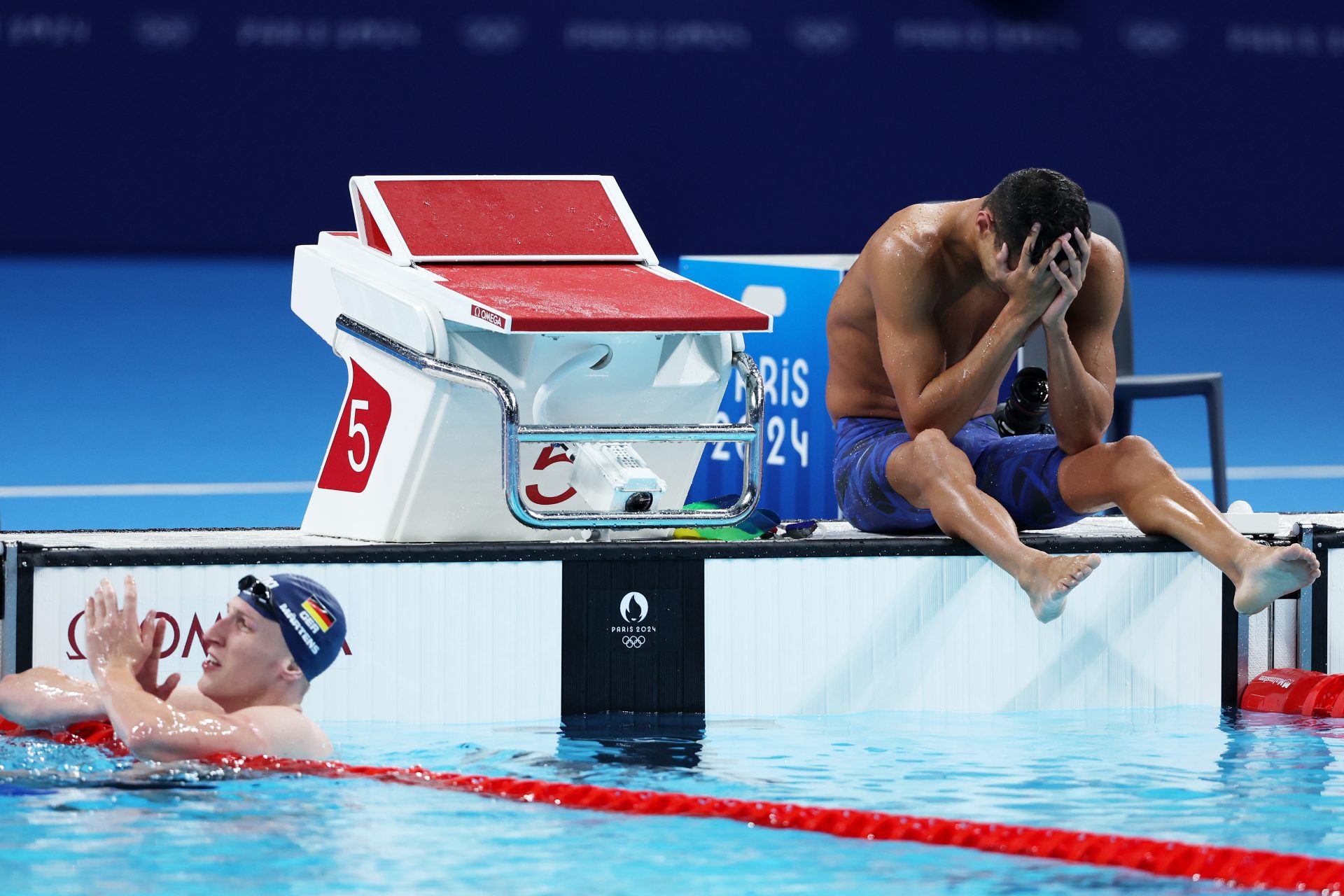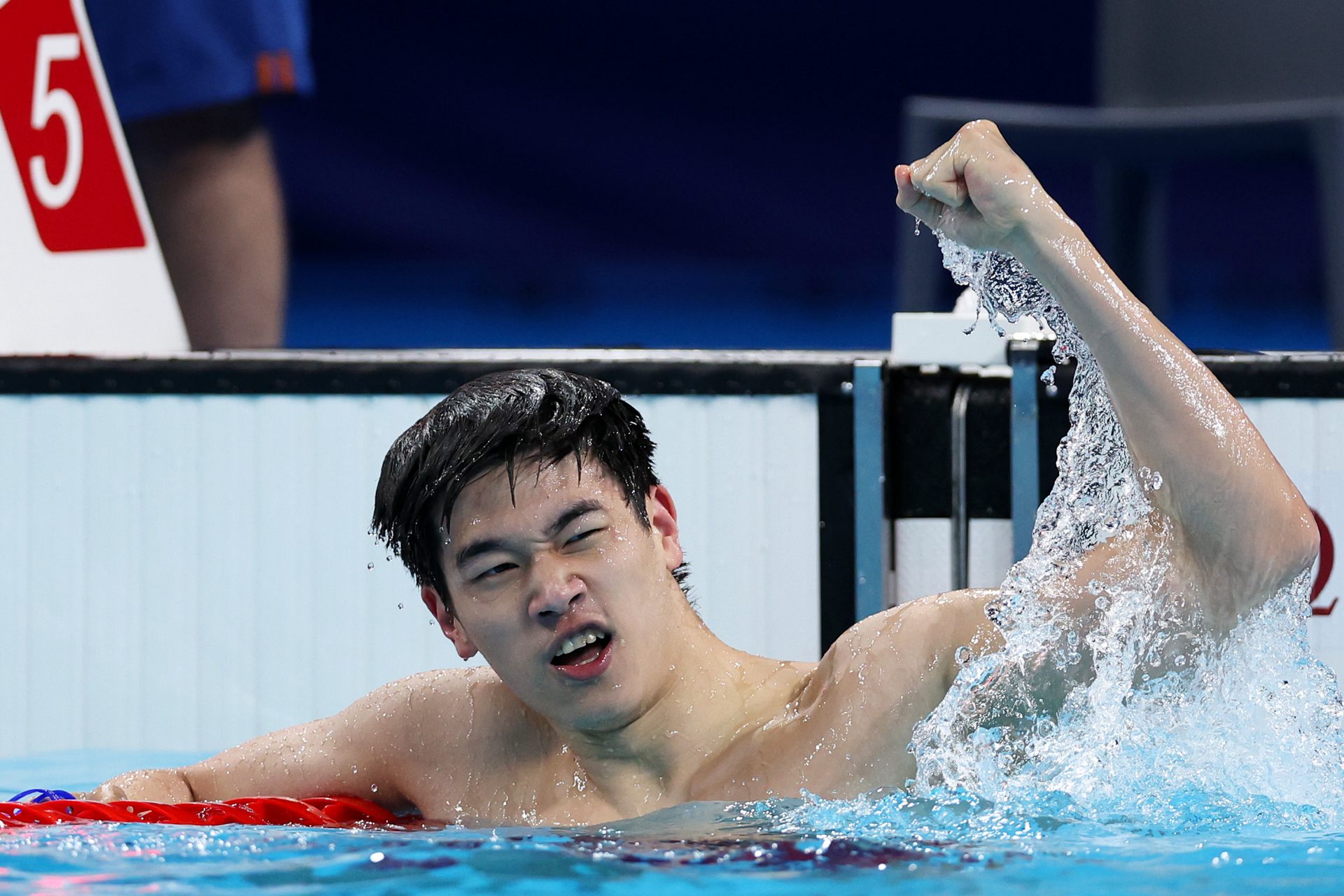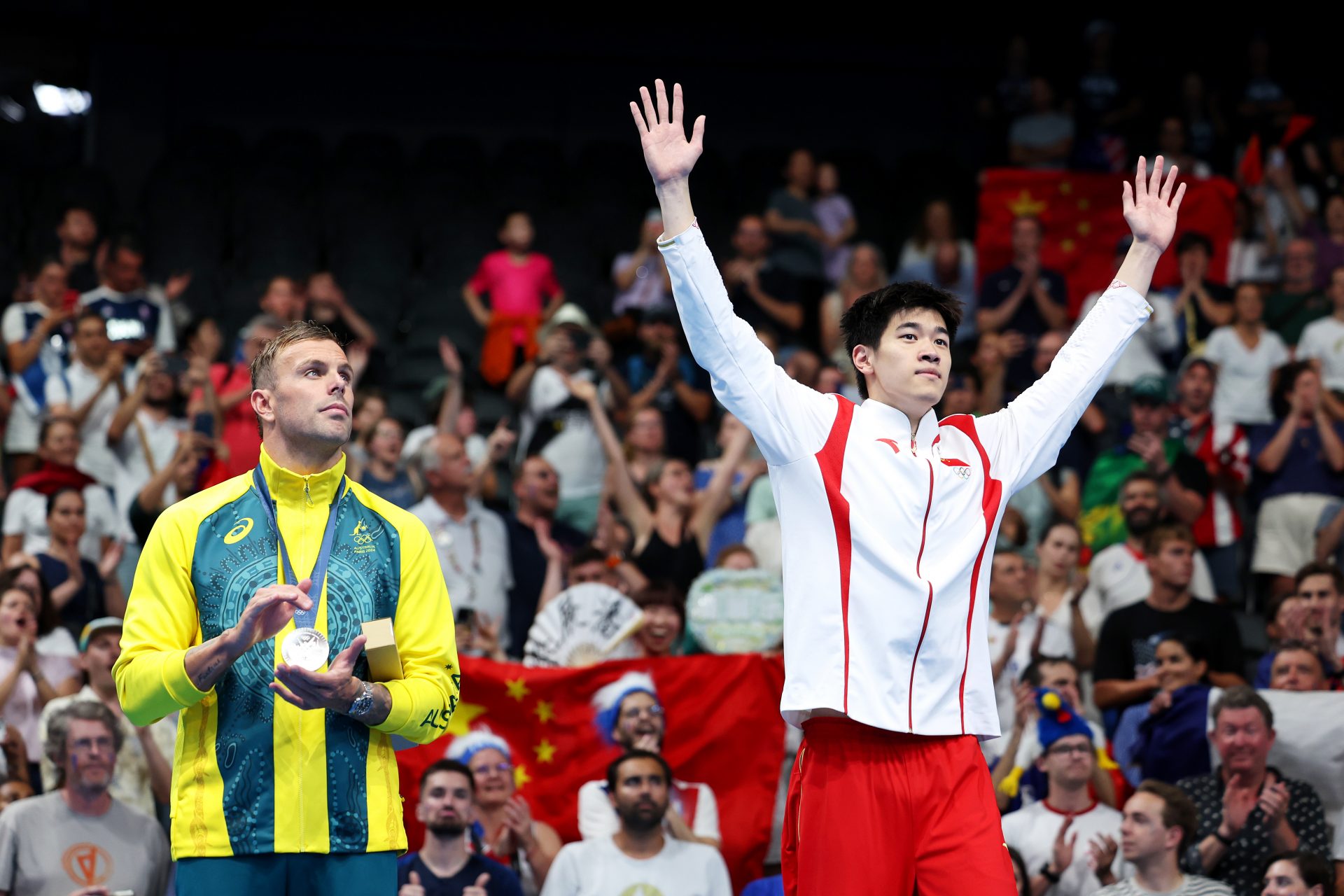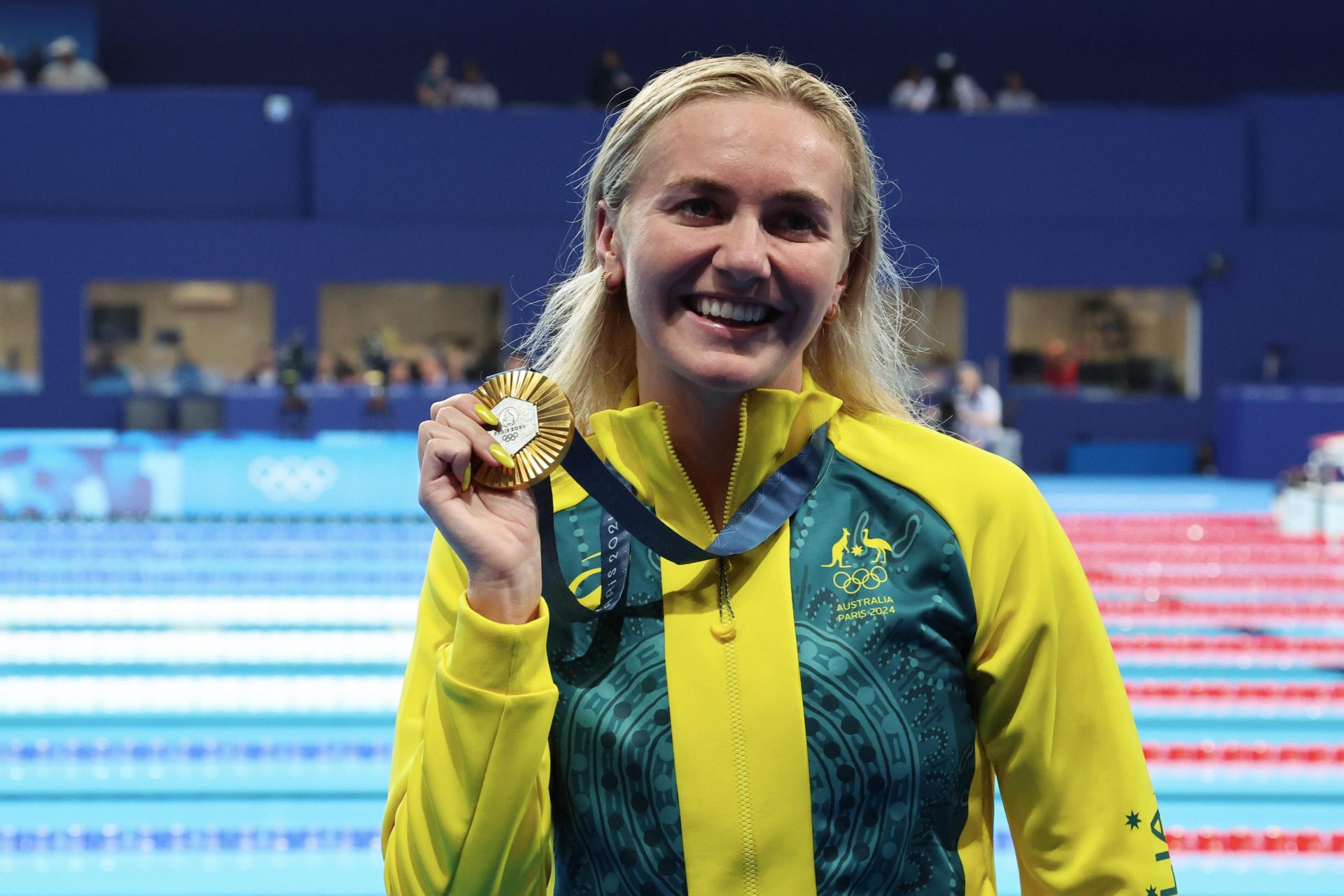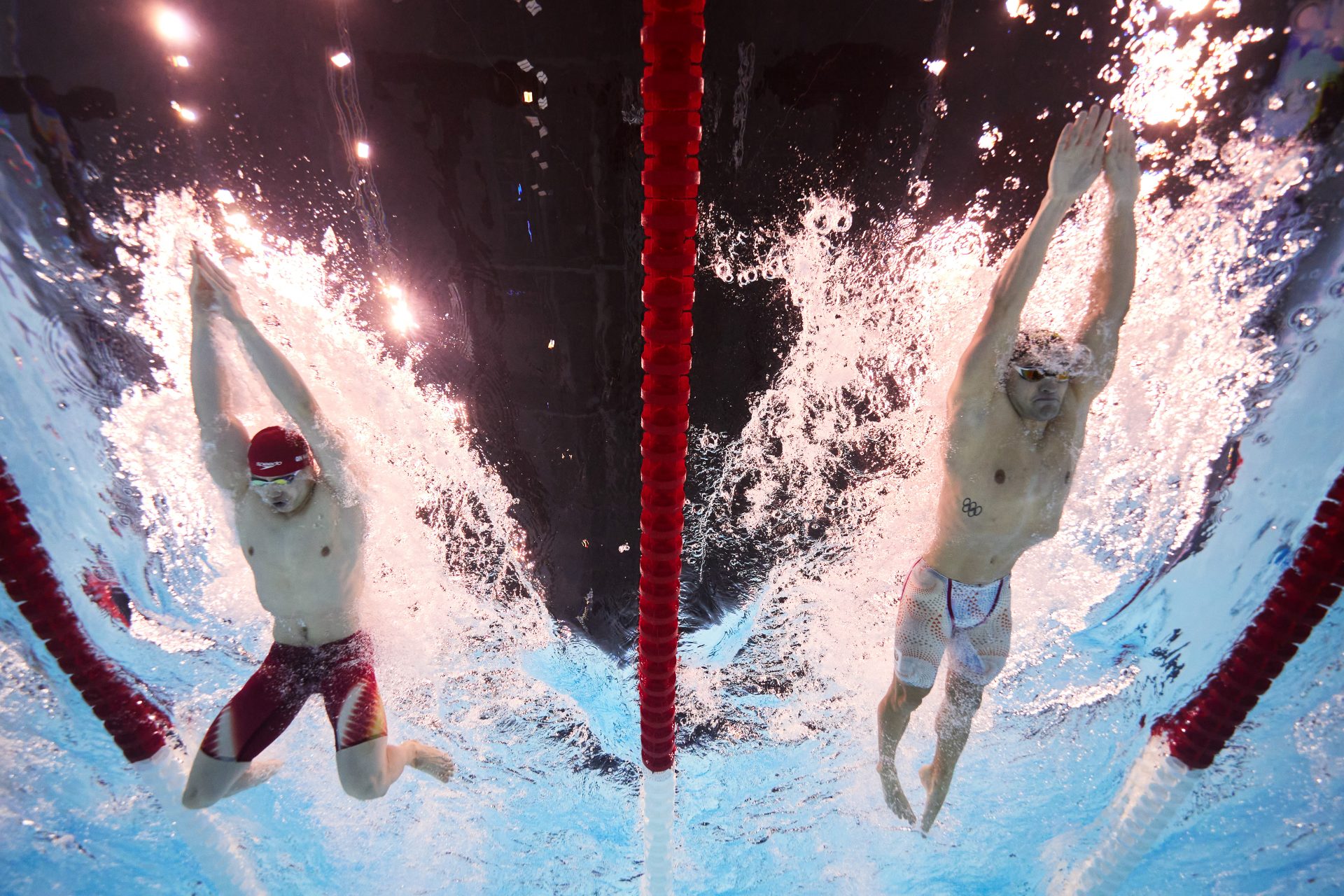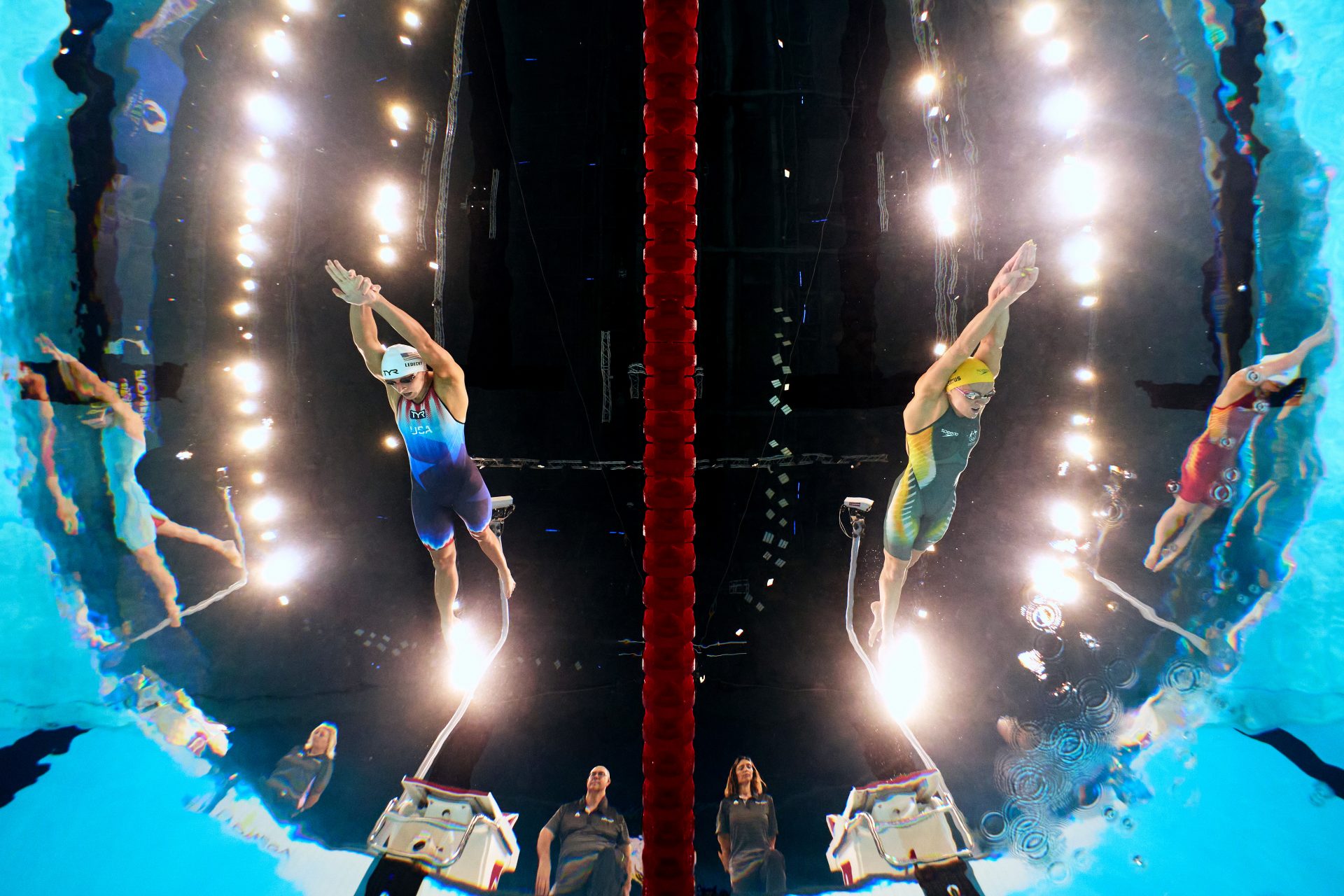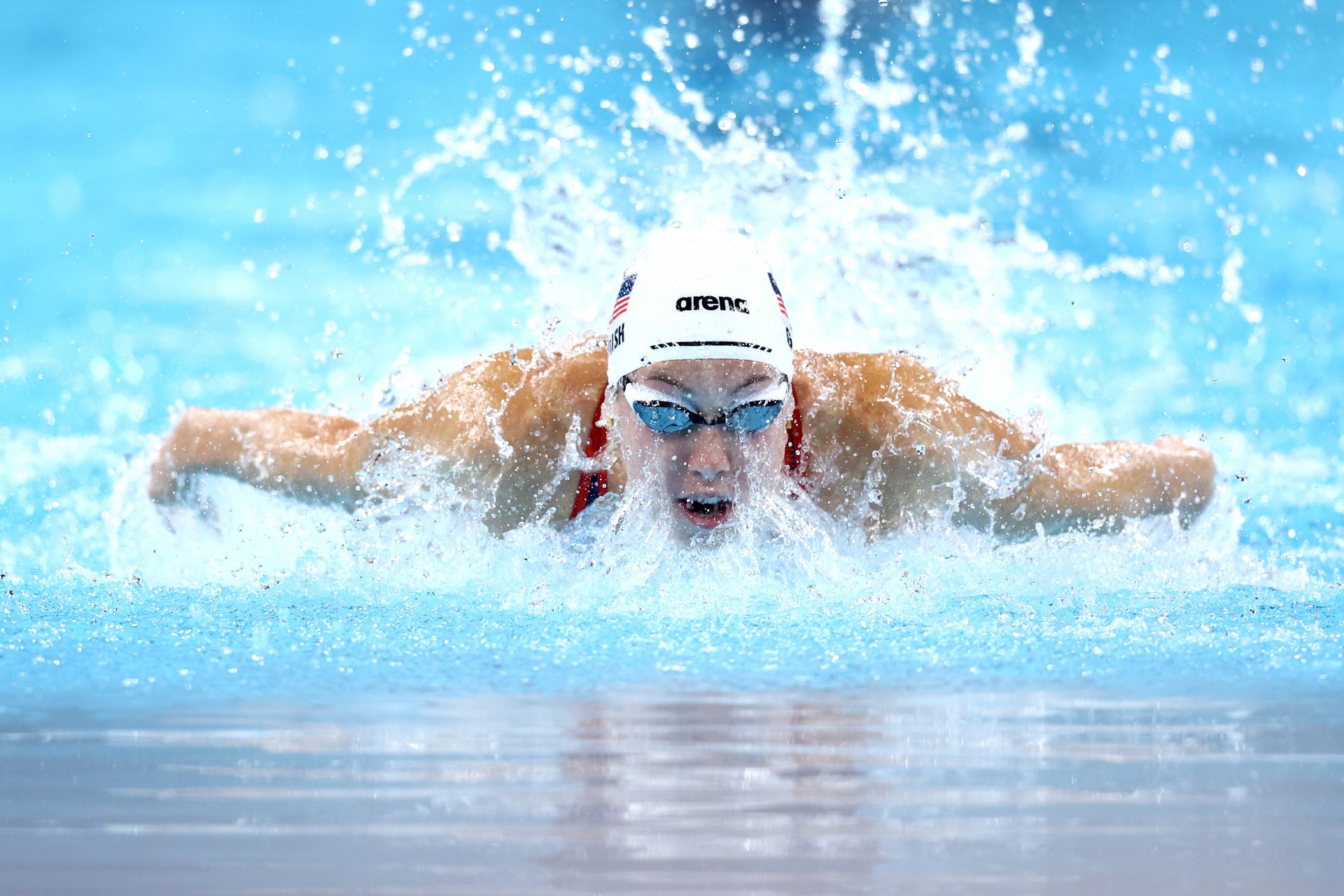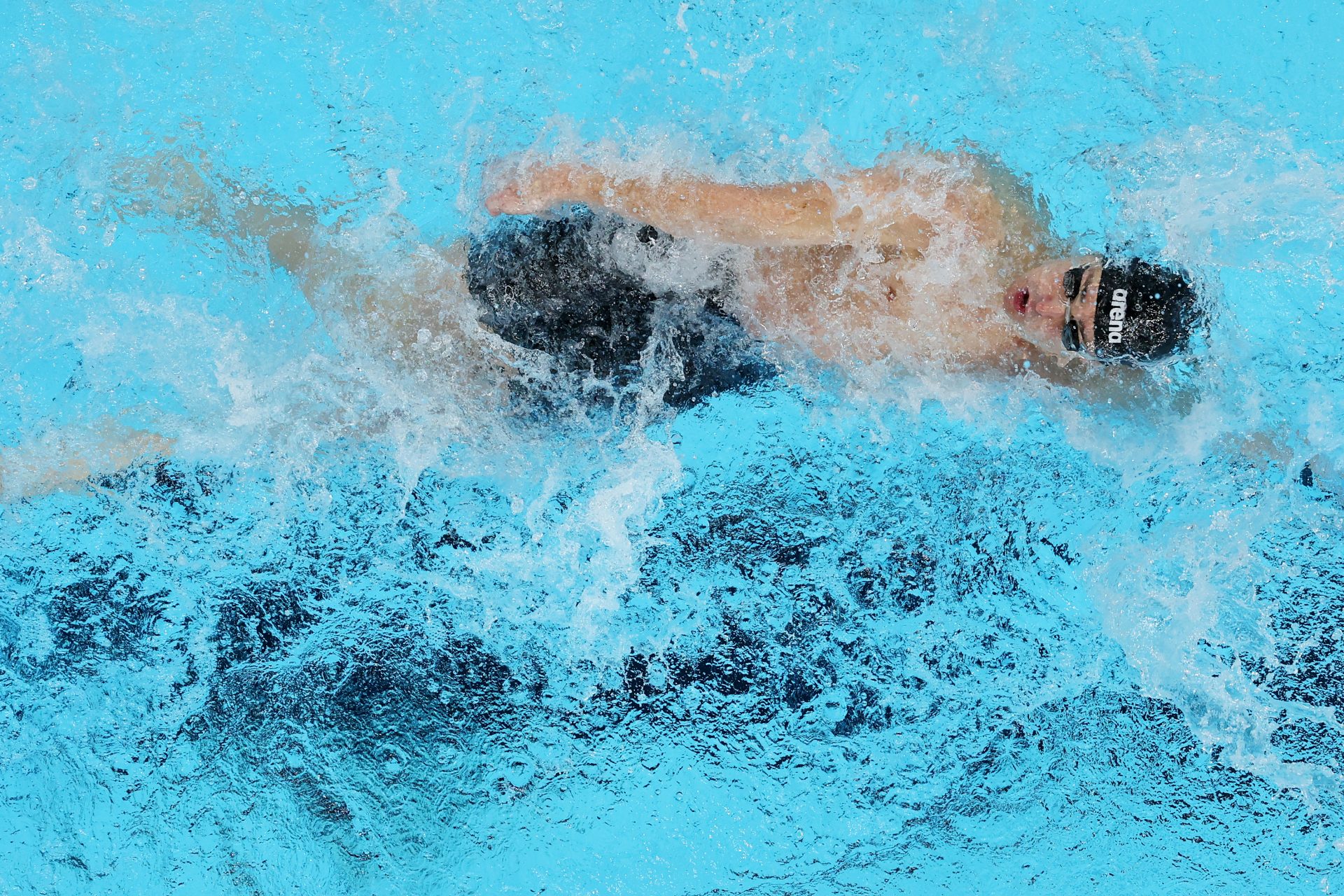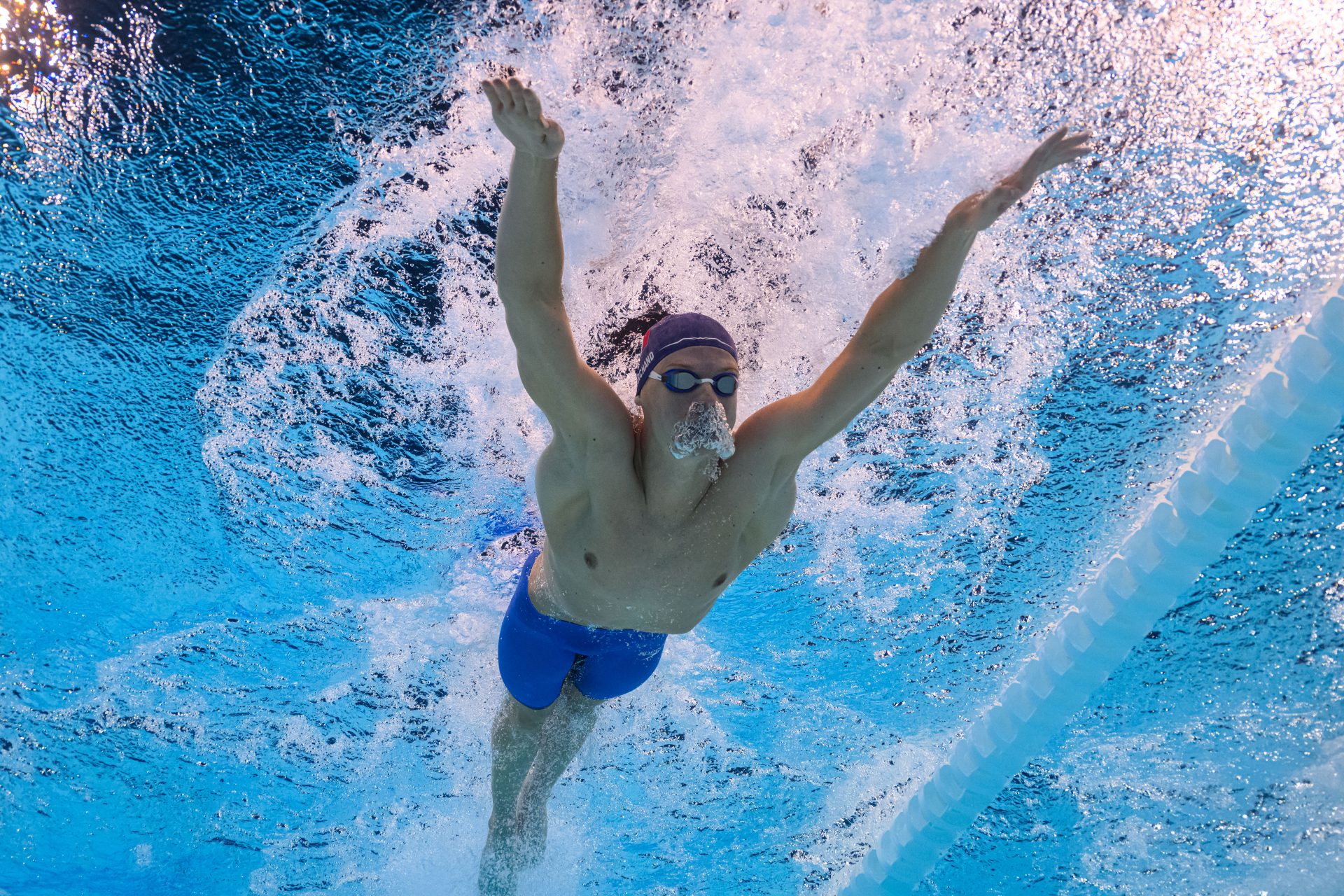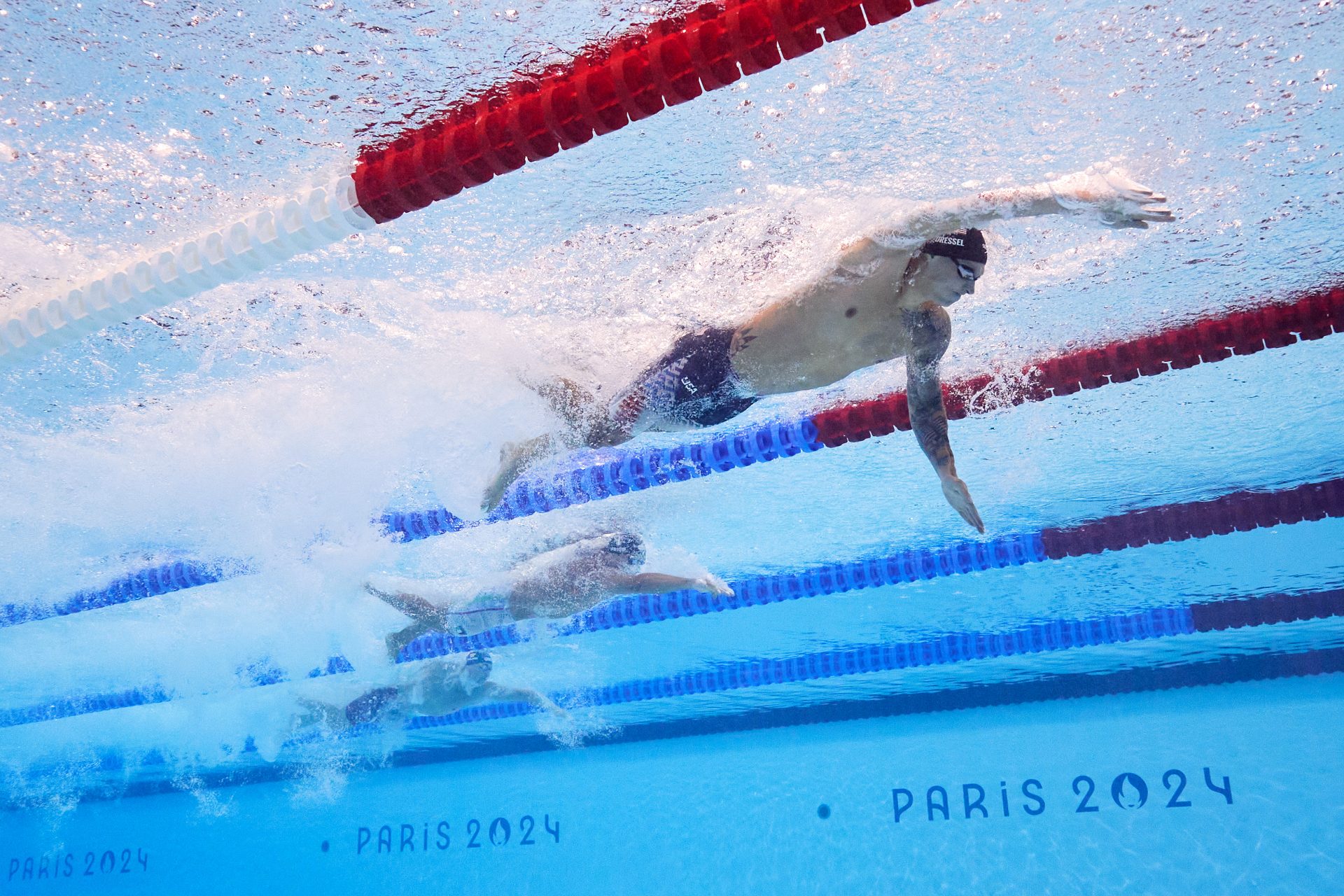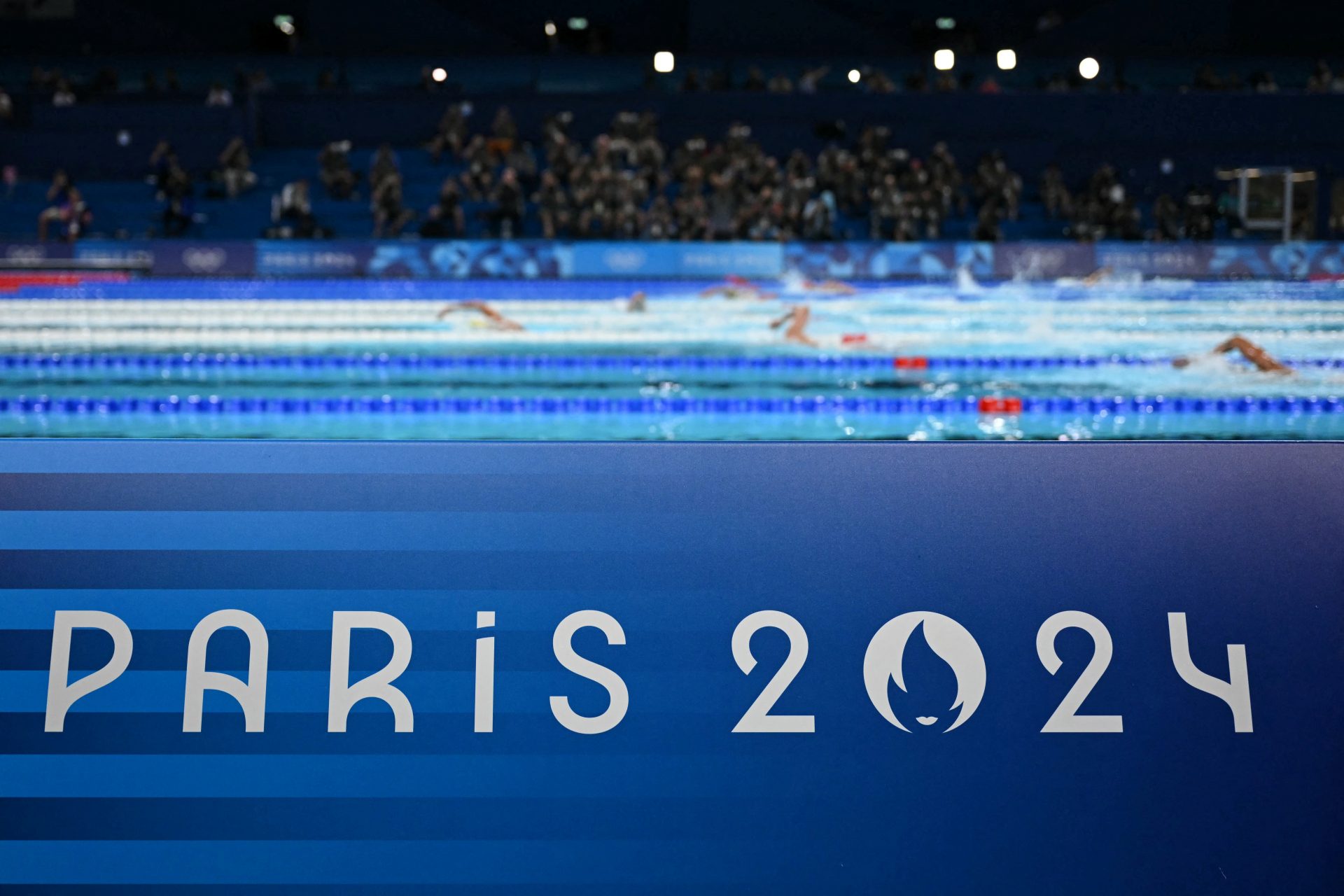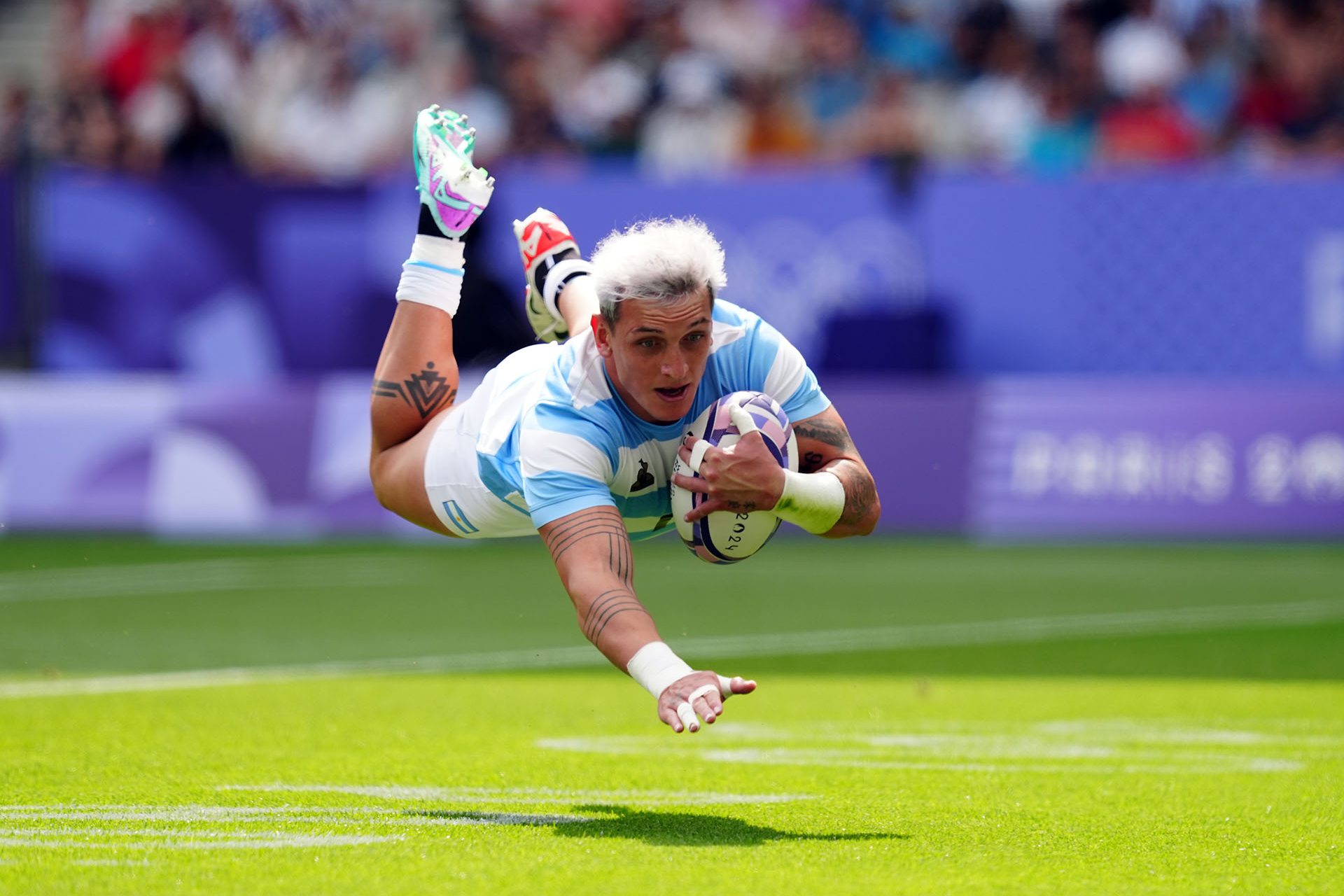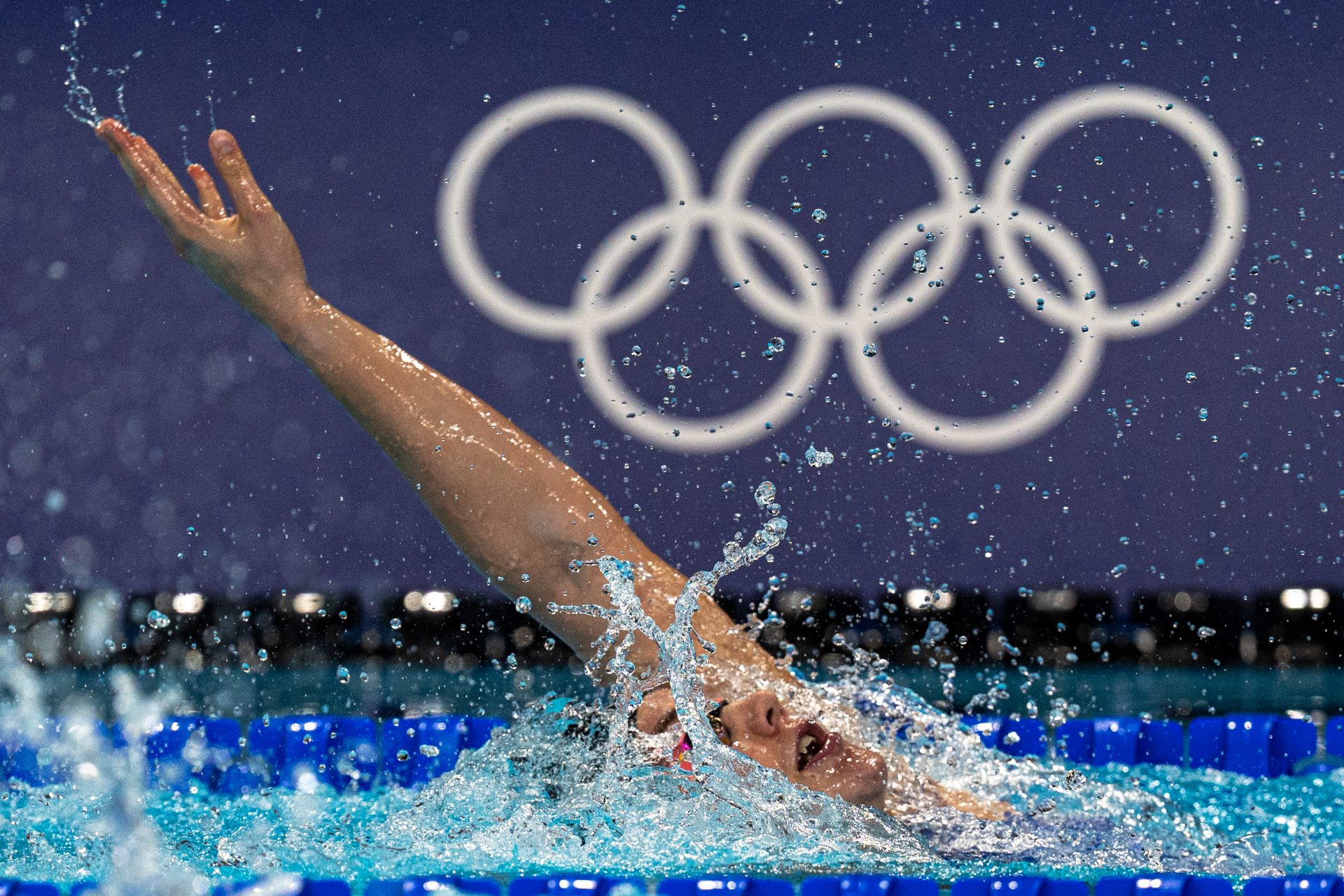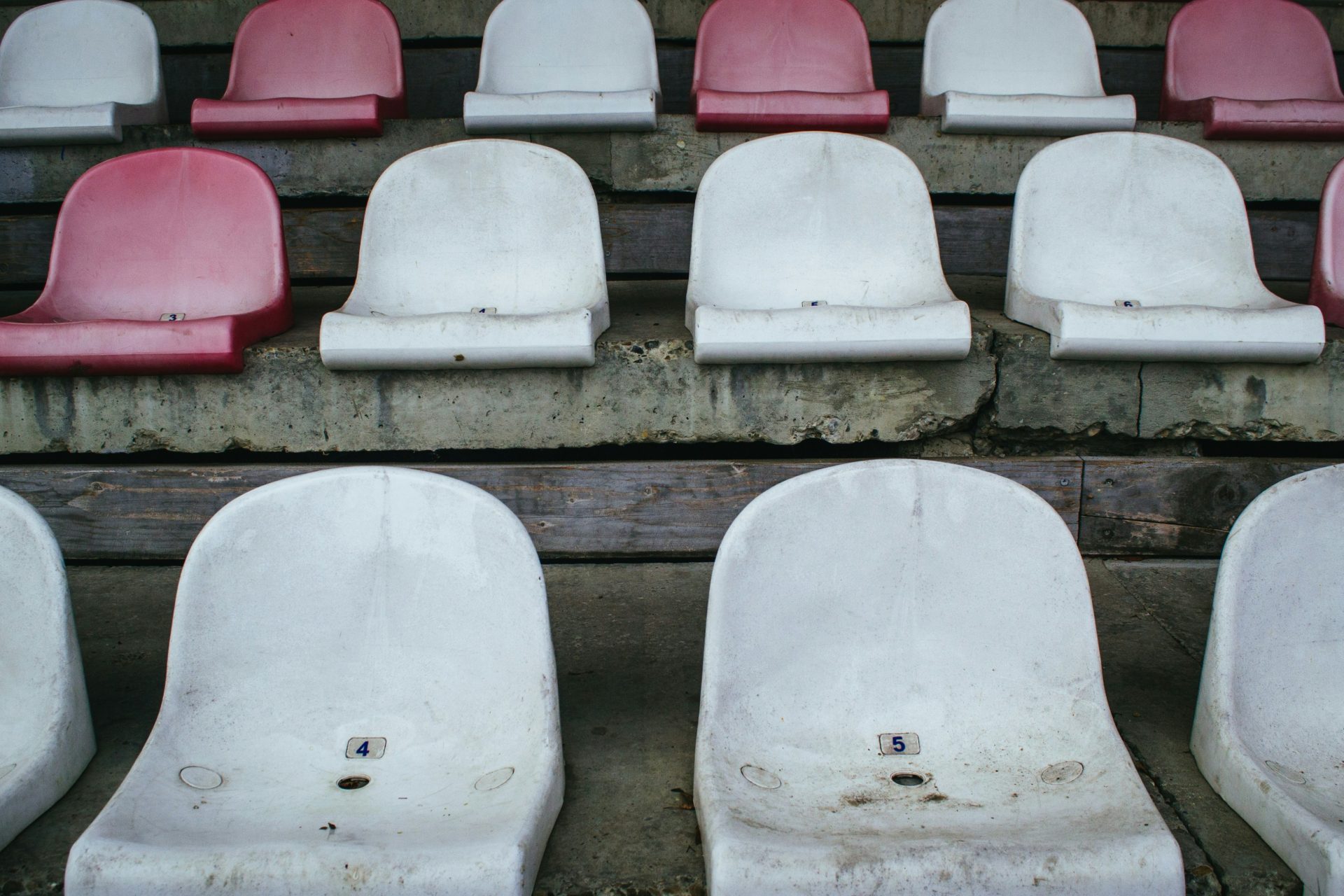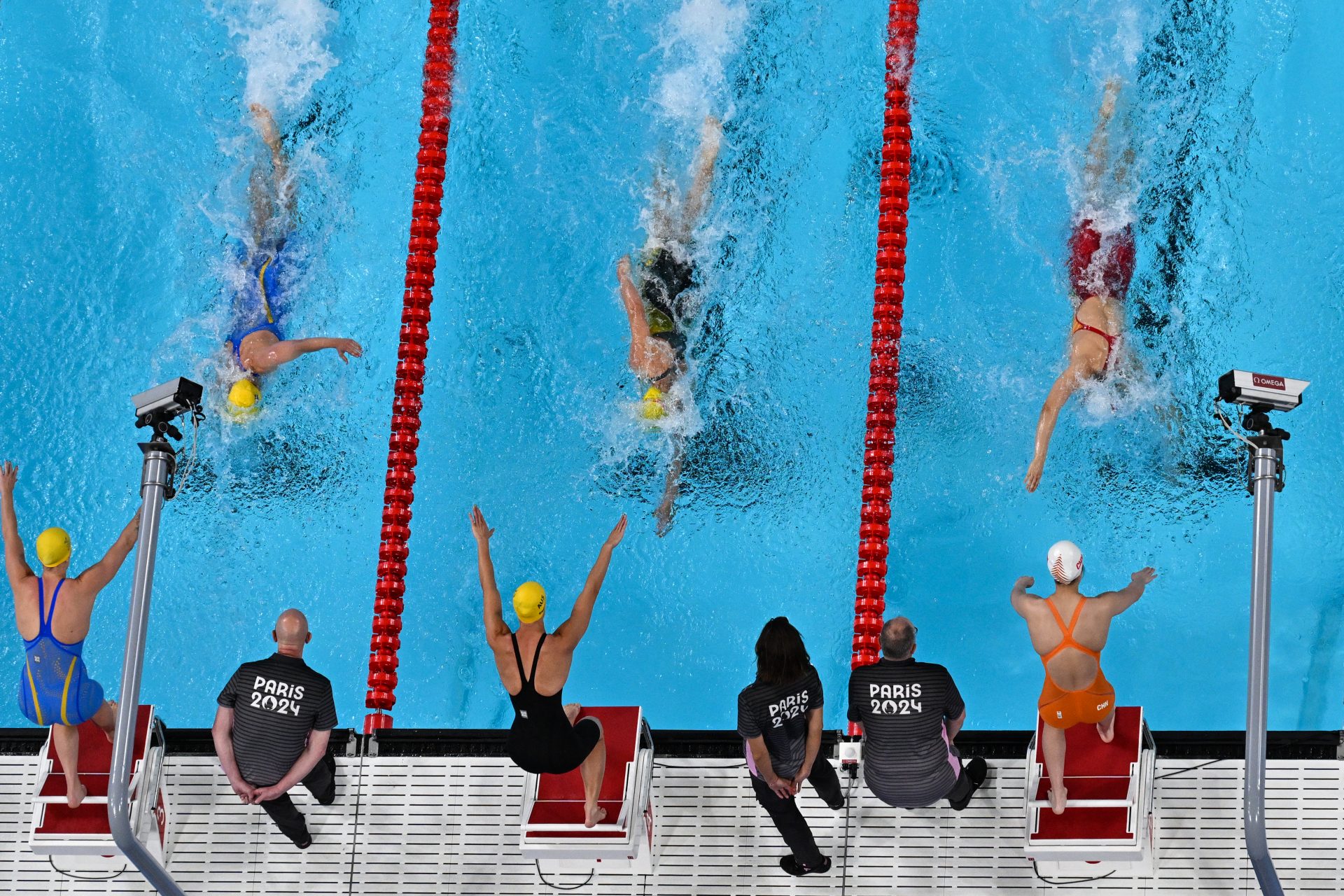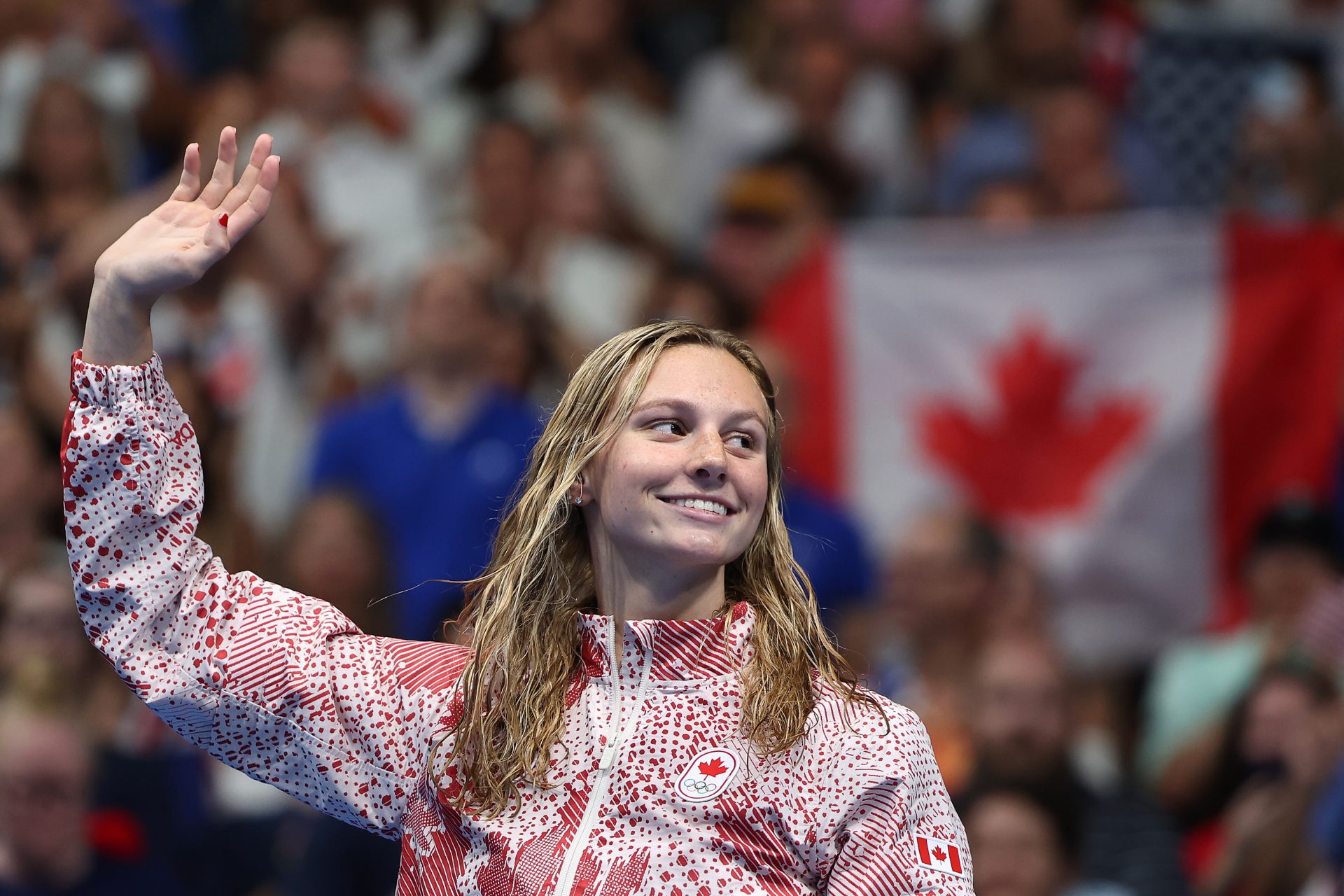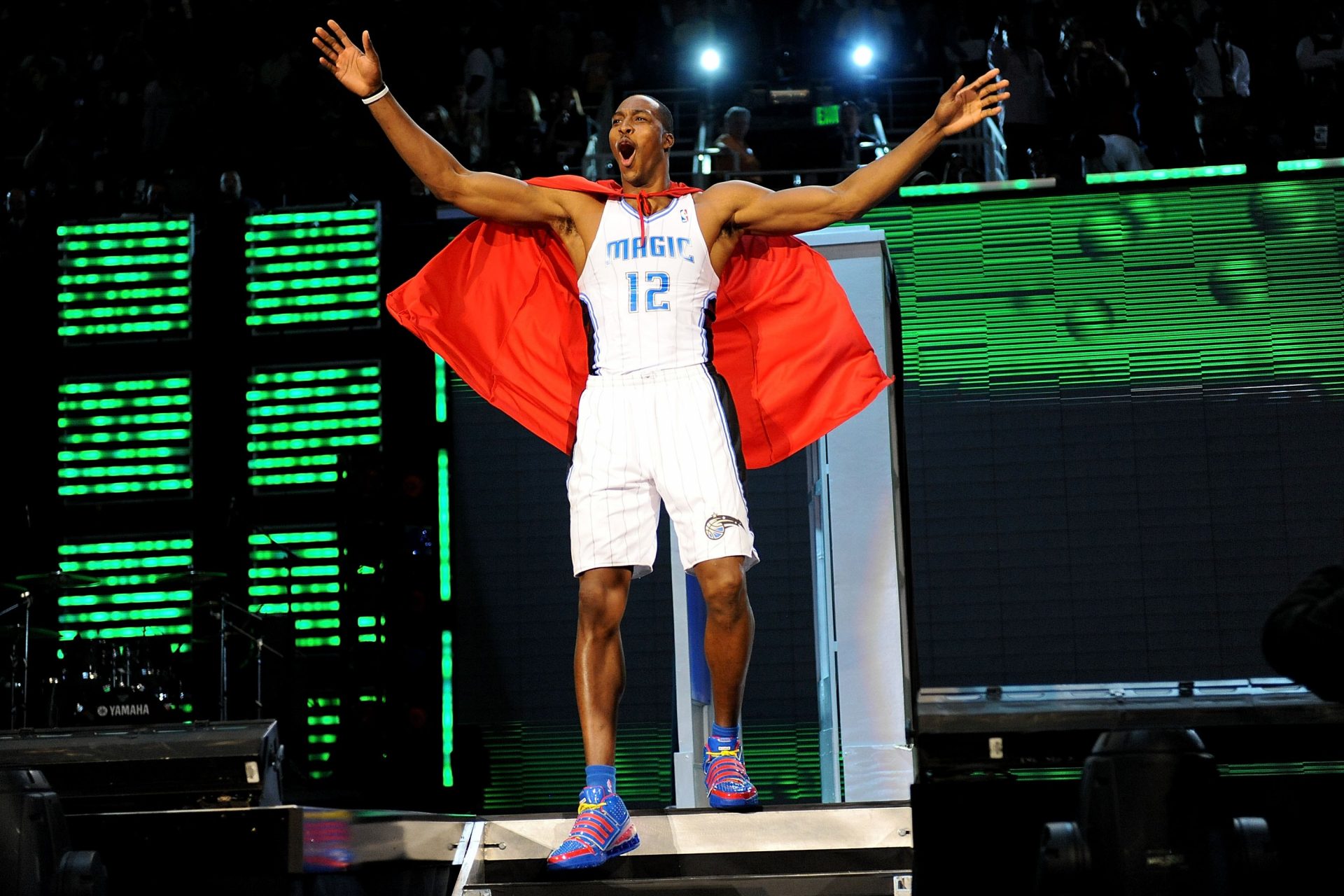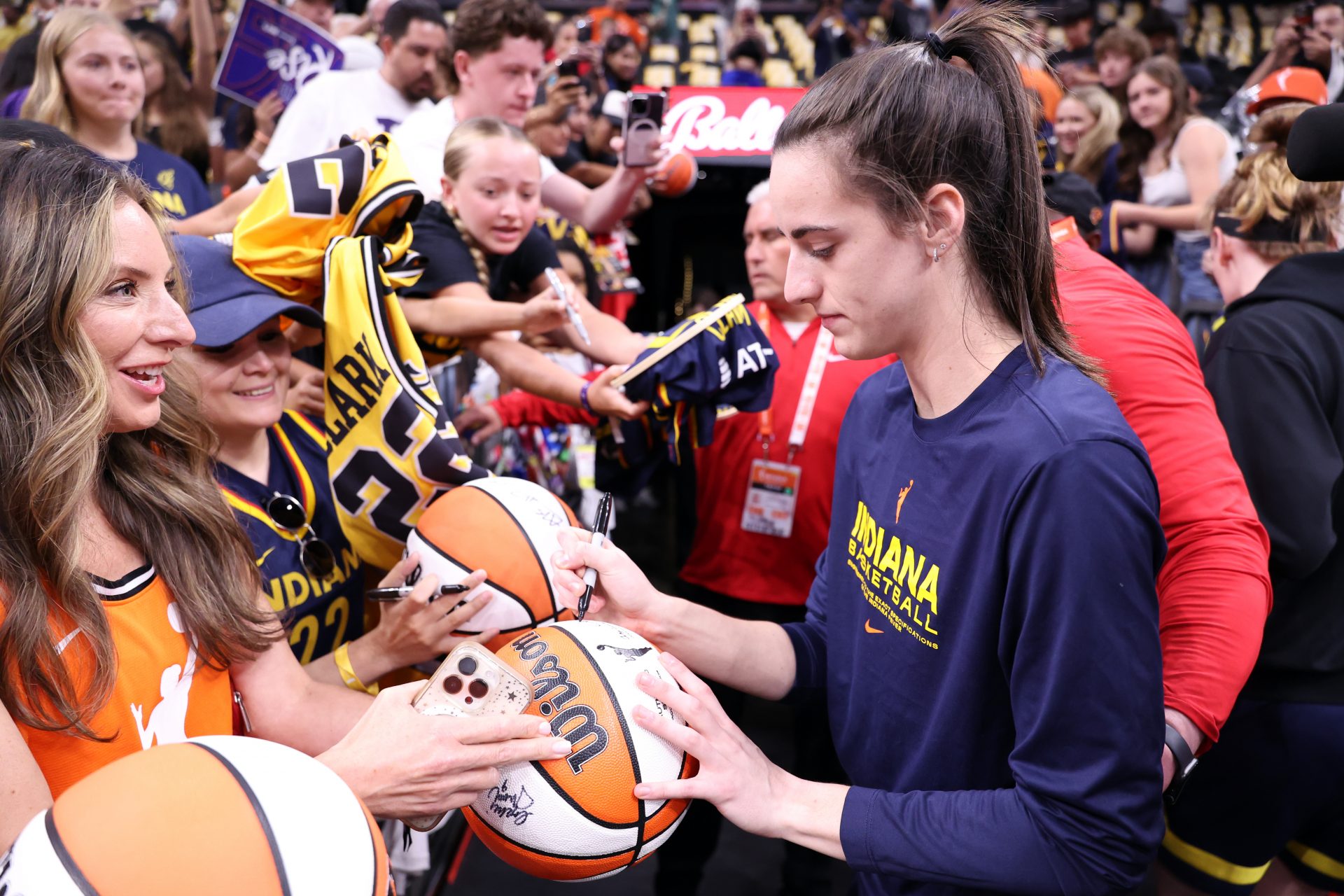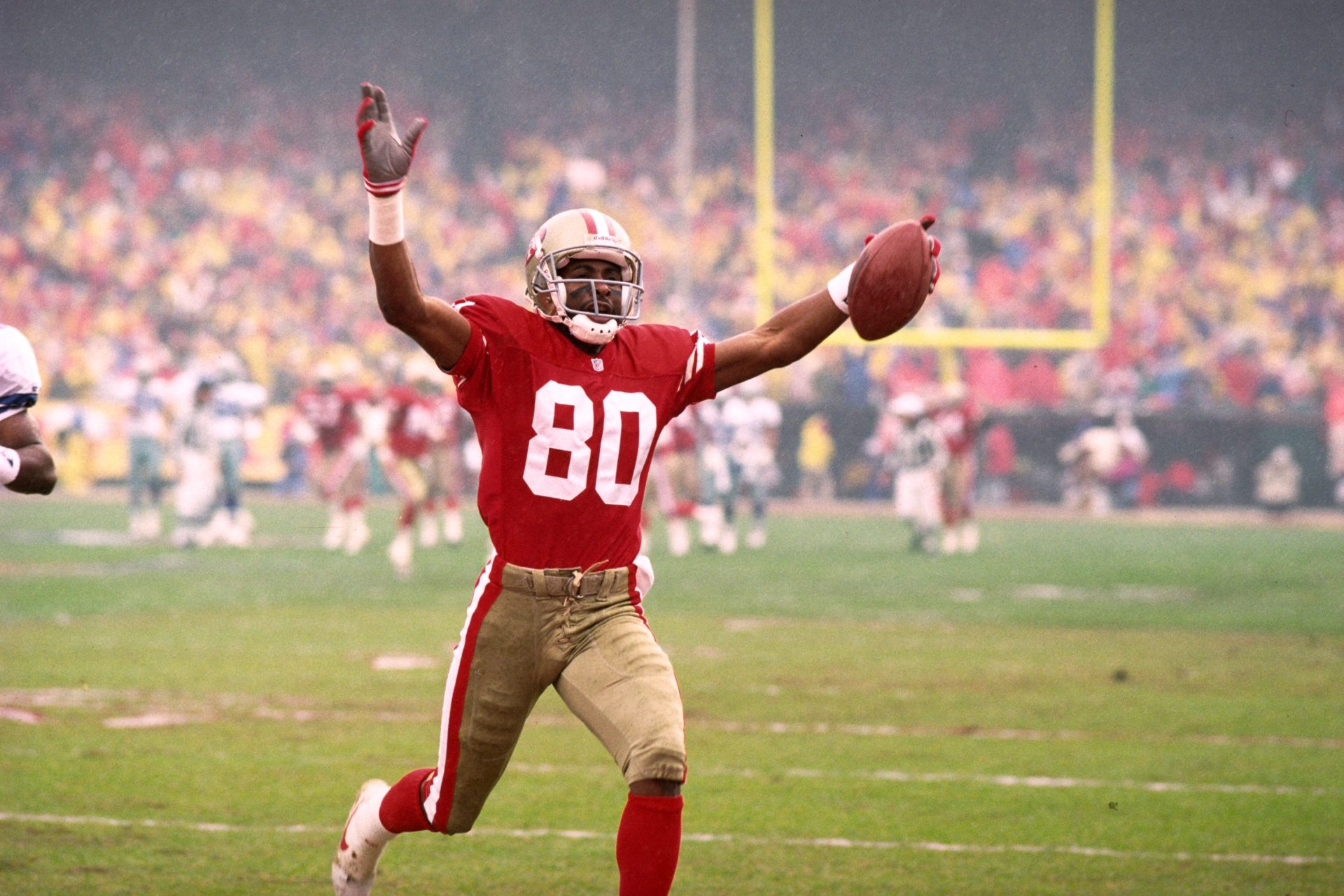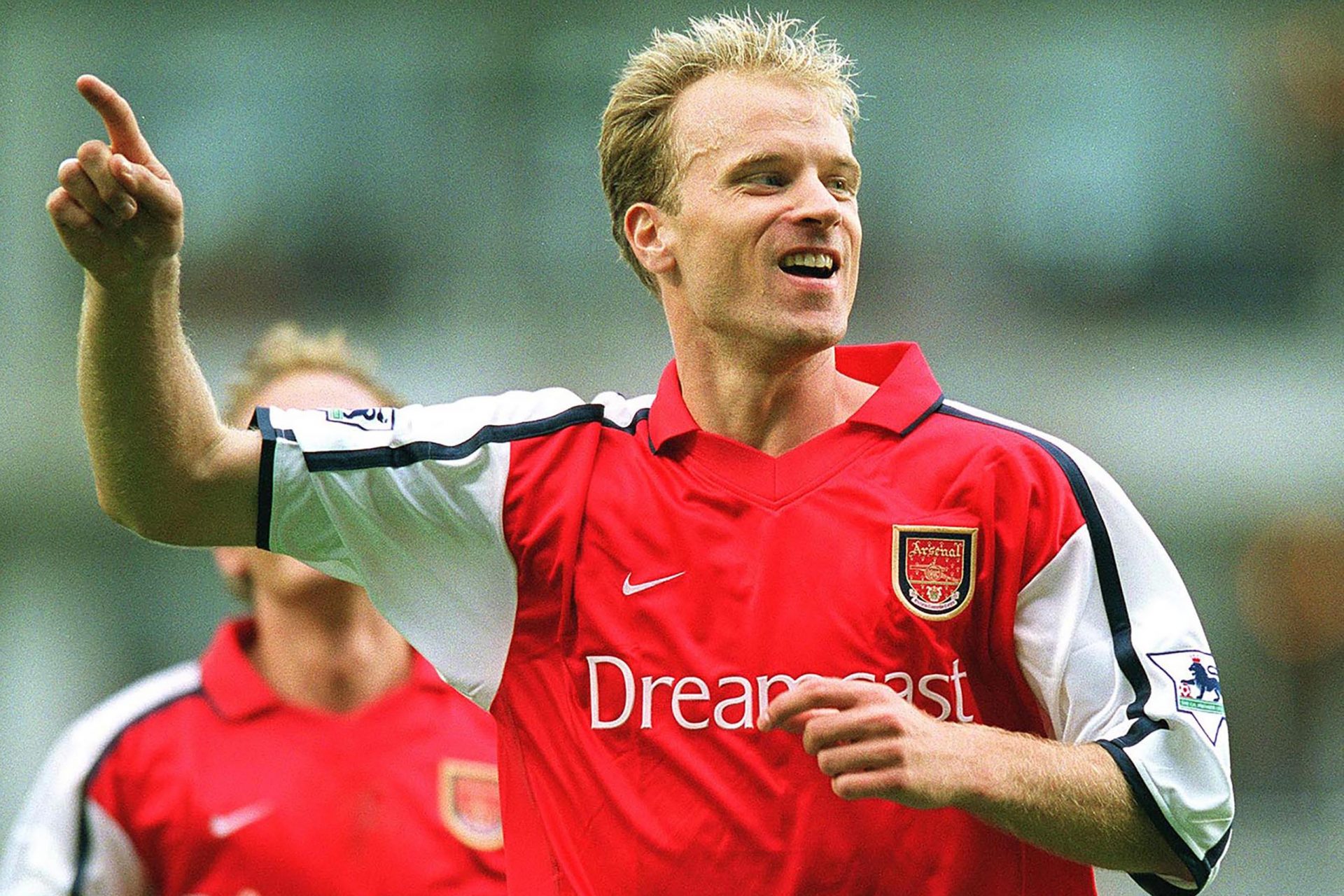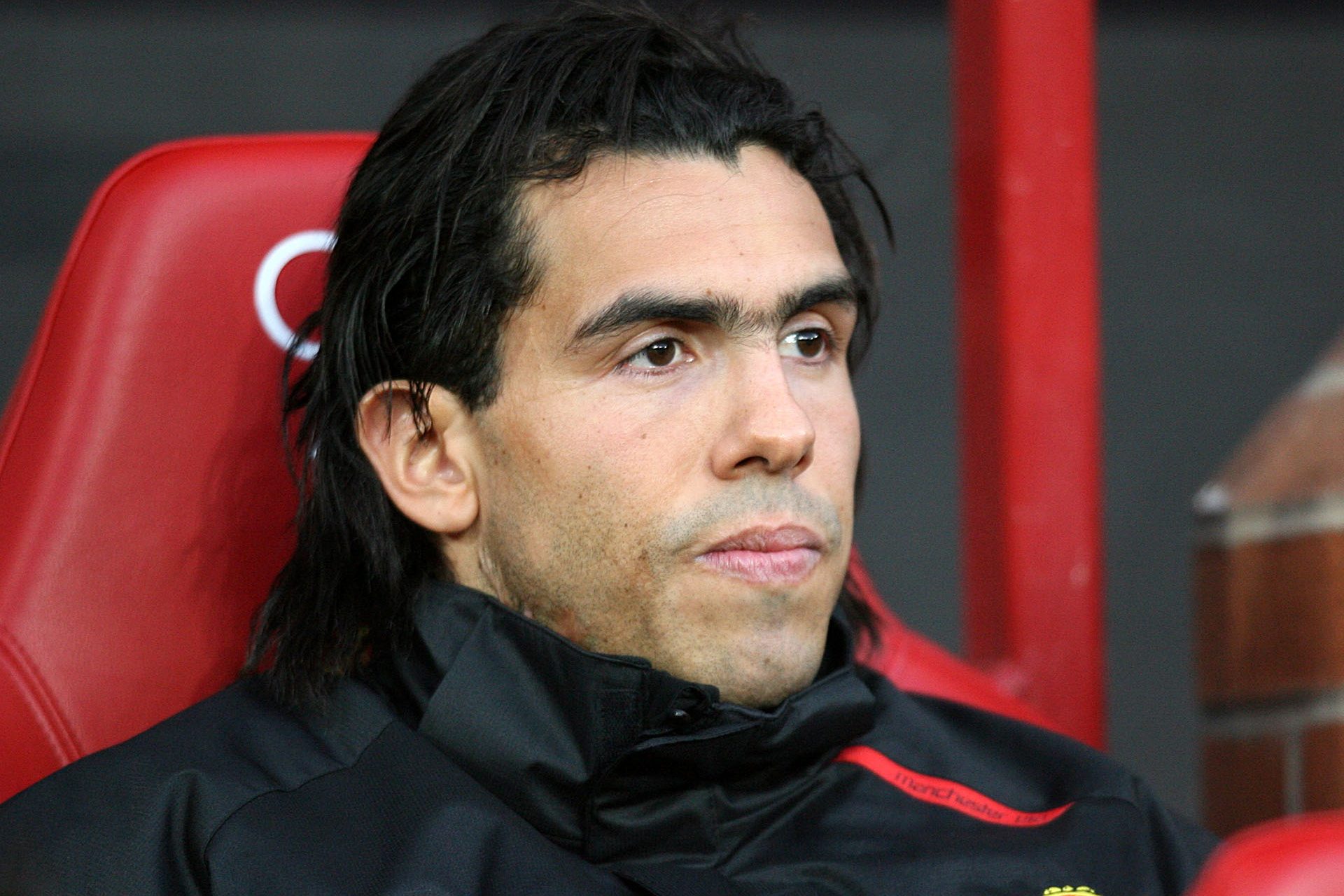The bizarre reason behind the slow swimming at Paris 2024
The swimming events at the Paris 2024 Summer Olympics are over, and fans may have mixed feelings about the week of competition they just witnessed.
On one hand, we saw some truly exceptional displays, but on the other it was one of the slowest competitions we’ve seen in recent history.
This is highlighted by the notable lack of world records broken. Only 4 world records were broken in Paris – two of them on the final night! To put this into perspective, it is half of what we saw in Rio 2016, while Tokyo had 6 new record times set in 2021.
Want to see more like this? Follow us here for daily sports news, profiles and analysis!
These records were: Pan Zhanle (pictured) in the 100m freestyle (46.40); Robert Finke in the 1500 freestyle (14:30.67); Regan Smith, Lilly King, Gretchen Walsh and Torri Huske in the women’s 4x100m medley relay (3:49.63); Ryan Murphy, Nicolas Fink, Gretchen Walsh and Torri Huske in the 4×100m medley relay (3:37.43), as recorded by the official Olympics website.
While these events were sensational and highlights of the Games, the pace for most swimmers was down on previous editions and was made glaringly obvious from the start.
The first notable case in point came on the first Saturday night (July 27) in the women’s 400m freestyle. Australia’s Ariarne Titmus came into the competition looking primed to set records a blaze, but even her Gold medal swim of 3:57.49 was well below the record of 3:55.38 that she set at the World Championships last year.
So what was the reason behind this? Well, it all has to do with depth.
Pool depth to be precise. The Paris Olympic pools are 2.2 meters deep, or roughly 7-feet-2. Typically, an Olympic pool has a depth of 3m, so it’s a difference of 80cm or 3ft.
Why is depth an issue when you’re swimming across a body of water? Well, it has to do with fluid dynamics.
Every motion swimmers make with their hands and feet generates small waves that bounce off the bottom of the pool. No movement creates more waves than the initial dive into the water. In shallower pools, these waves ricochet back to the swimmers on the surface, creating a more turbulent environment that hinders top speeds.
Jud Ready, a Georgia Tech engineering professor, told The Wall Street Journal that the shallowness is particularly pronounced at the end of the laps, with tumble turns creating mass disruptions to the water.
Ready also said there might be a psychological aspect to it as well, as competitors will feel as though they are going faster as they are used to being 3m off the floor, but in this case they are much closer than they are used to training in.
It doesn’t seem like a good move for the Paris Olympics to have one of its premier events taking place in suboptimal conditions, so why did this happen?
Want to see more like this? Follow us here for daily sports news, profiles and analysis!
It all has to do with where the pools have been built. Rather than a purpose-built aquatic center, the Olympic swimming pool has been constructed at La Défense Arena – a rugby arena home to Racing 92 and in May hosted Taylor Swift's Era's tour for four nights.
Building on top of a rugby pitch caused some issues for the construction team: “To go deeper, they would have had to do significant modifications, and structurally, there are some concerns,” explains John Ireland, the chief technical officer at Myrtha Pools, the Italian company that designed the pool for the last five Olympics.
Given these structural limitations, it begs the question: why have the Paris Olympic committee opted to house the swimming in a rugby arena – especially bearing in mind that it cost them £150 million ($192m, €178m) to do so?
Event manager David Navizet explained, as the Daily Mail reported, it was in an effort to avoid constructing a swimming arena that would only be used for one event.
Photo credit: Artem Verbo on Unsplash
“At the time of the bid, there was a plan to build an ad hoc swimming pool in Seine-Saint-Denis,” said Navizet. “There were a number of reasons for this change of direction: in the past, Olympic pools with a capacity of 15,000 have become white elephants because they are too big. La Défense Arena was the most reasonable and efficient choice, and the gymnastics were moved to the Bercy Arena,” he said.
Photo Credit: Andriyko Podilnyk on Unsplash
Thankfully, this will be the last year we will Olympic pools this shallow as World Aquatics enacted a minimum depth of 2.5 meters for swimming and water polo in January 2023, When Paris had its bid accepted for the Olympics in 2017 and the swimming facility was approved, regulations allowed for a pool of 2.2 meters.
But how much does this really matter? As Canadian gold medallist Summer McIntosh put it: “No matter what, everyone's racing in the same pool. It doesn't matter if it's the fastest or slowest pool in the world, I have the same goals,” Reuters reported.
Want to see more like this? Follow us here for daily sports news, profiles and analysis!
More for you
Top Stories



